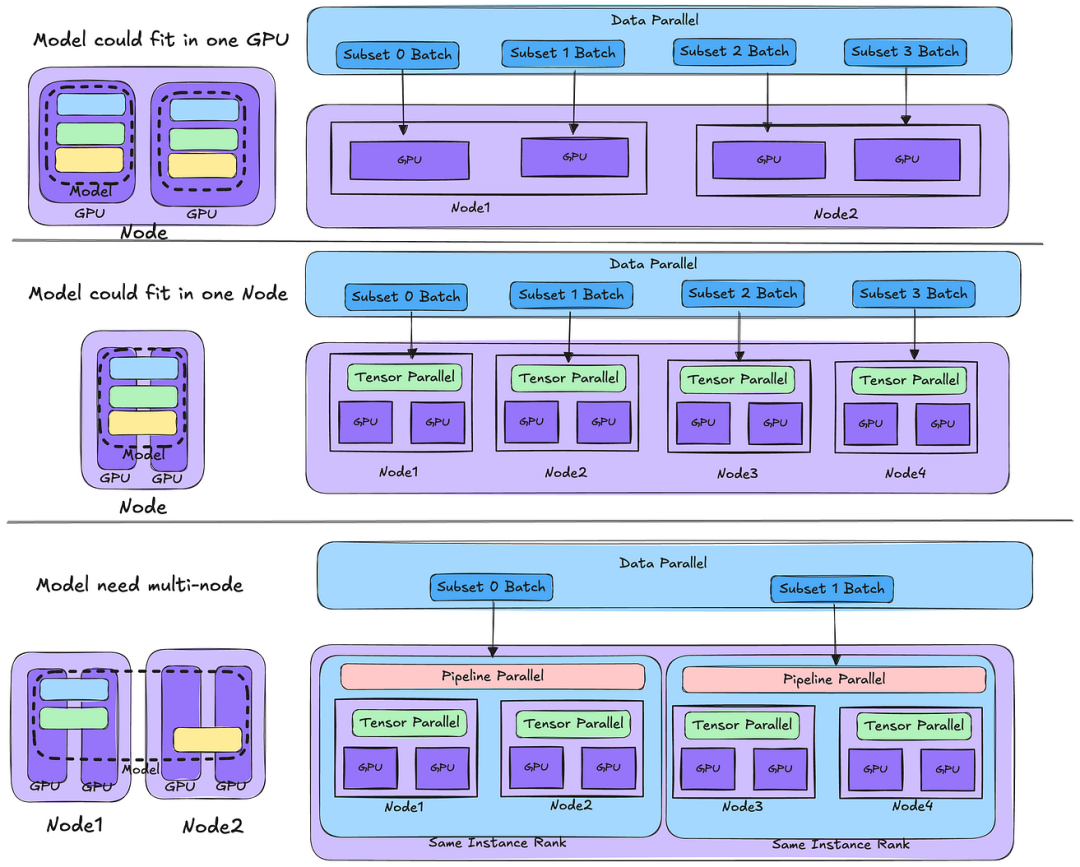本文主要是介绍Distances to Zero,希望对大家解决编程问题提供一定的参考价值,需要的开发者们随着小编来一起学习吧!
You are given the array of integer numbers a0, a1, ..., an - 1. For each element find the distance to the nearest zero (to the element which equals to zero). There is at least one zero element in the given array.
The first line contains integer n (1 ≤ n ≤ 2·105) — length of the array a. The second line contains integer elements of the array separated by single spaces ( - 109 ≤ ai ≤ 109).
Print the sequence d0, d1, ..., dn - 1, where di is the difference of indices between i and nearest j such that aj = 0. It is possible that i = j.
9 2 1 0 3 0 0 3 2 4
2 1 0 1 0 0 1 2 3
5 0 1 2 3 4
0 1 2 3 4
7 5 6 0 1 -2 3 4
2 1 0 1 2 3 4
给出一个数列,求每个数距离数列中0的最近距离;
思路:记录每个0的位置,然后从前往后遍历一遍求距离0的距离,如果某个数在两个零之间,则取较小值;
#include <stdio.h>
#include <iostream>
#include <algorithm>
#include <string.h>
#include <stdlib.h>using namespace std;int num[200005];
int zero[200005];
int main(){int n;cin >> n;int k=0;for(int i=1; i<=n; i++){cin >> num[i];if(num[i]==0) zero[++k]=i;}int dis=0;int cnt=k;k=1;zero[0]=0;for(int i=1; i<=n; i++){dis=abs(i-zero[k]);if(dis==0){k++;}if(k>1 && zero[k]!=0 && k<=cnt) dis=min(dis, abs(i-zero[k-1])); //如果位于两个0之间,取较小值;if(k>cnt) dis=abs(i-zero[cnt]);//cout << "k:" << k << endl;cout << dis;if(i==n) cout << endl;else cout << ' ';}
return 0;
}
这篇关于Distances to Zero的文章就介绍到这儿,希望我们推荐的文章对编程师们有所帮助!







